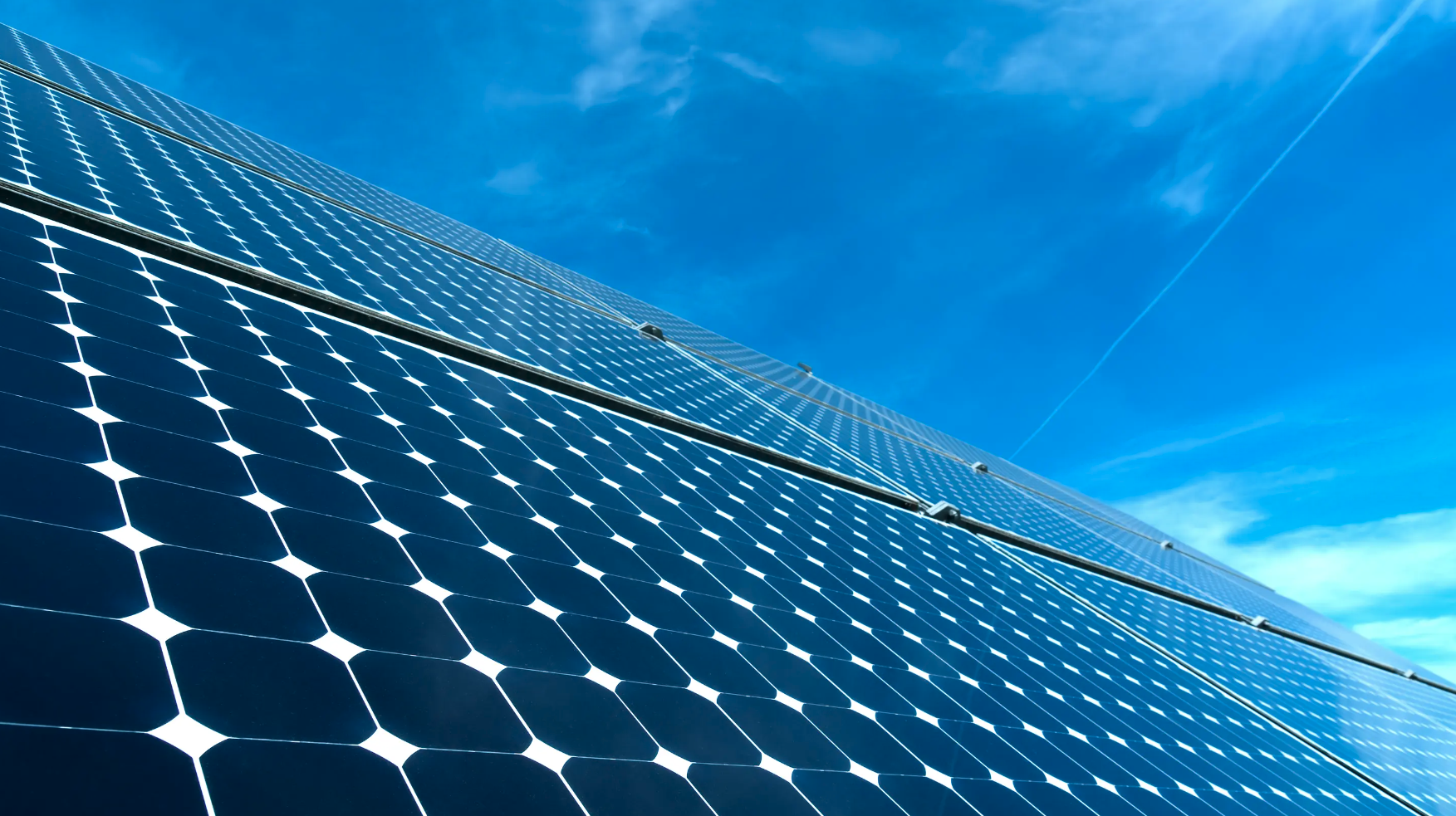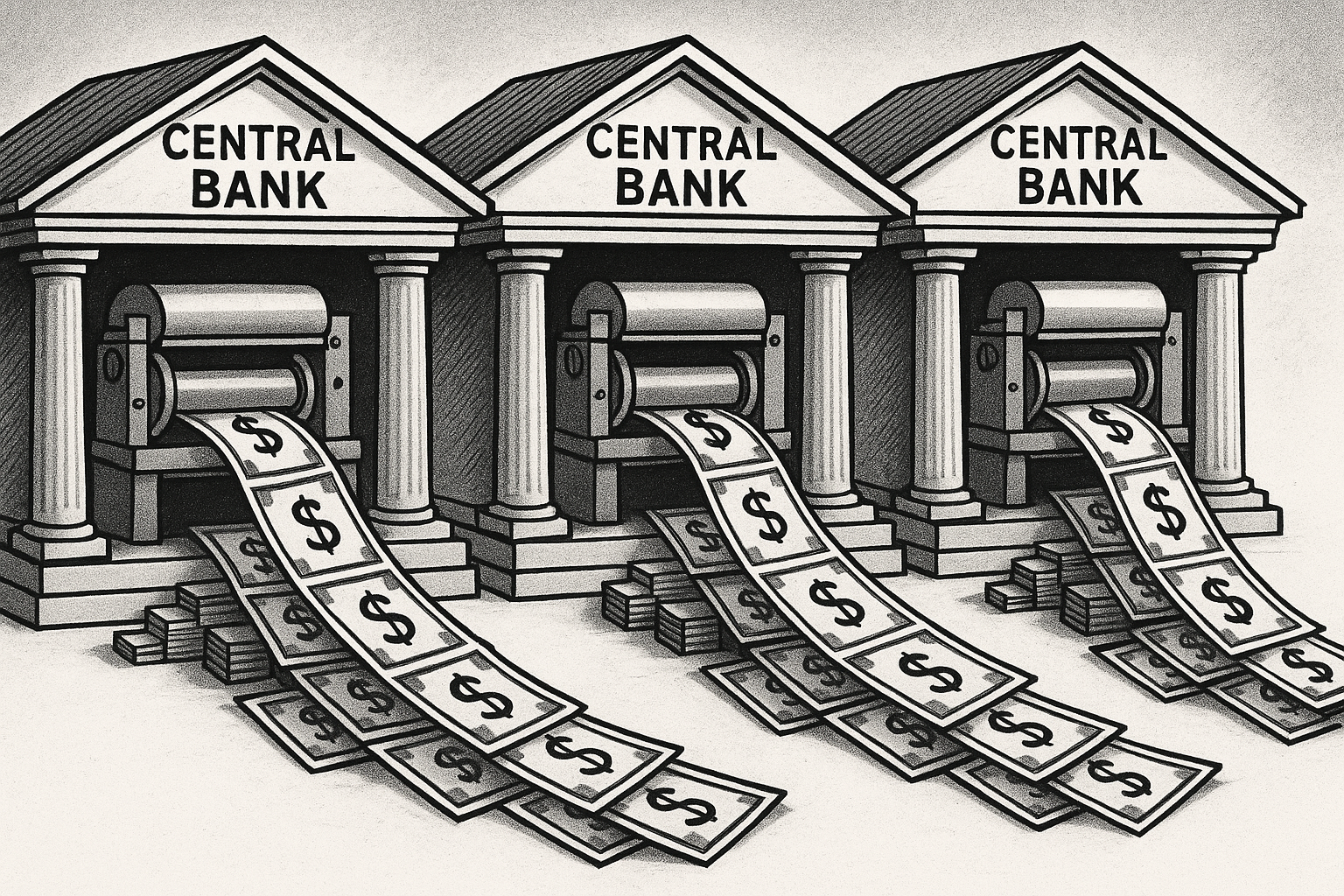Silver faces a perfect solar storm as real demand could far exceed projections

Silver’s inelastic supply may be overwhelmed by skyrocketing demand from solar panel manufacturers as early as this year, according to Peter Krauth, editor of SilverStockInvestor and author of The Great Silver Bull.
Krauth sat down with Kitco in June to go over the current projections for silver supply and demand in light of the latest numbers coming from the solar industry. He said forecasts like those issued by the Silver Institute just months ago may already be out of date as solar continues to drive demand for the precious metal.
“Solar alone is 12 percent of all silver demand every year, that was 140 million ounces last year,” Krauth said. “The forecasts are about 160 million ounces this year, which I believe are going to be dramatically outpaced when we see the final numbers about a year from now.”
Krauth pointed to two major factors which he believes have not been fully reflected in the silver demand scenario. First, he said the current projections underestimate the volume and pace of new solar installations. “You have all sorts of tax credits worldwide going into solar,” he said. “Solar is, in many many cases, in many places, the cheapest form of additional electricity output. So solar’s become very cheap, and it's quick and easy to install.”
China continues to dominate the worldwide market for solar panel production, representing about 80 percent of the global production capacity. But Krauth said China is also consuming more solar panels domestically, with installations very high and growing quickly.
“Bloomberg believes that in 2023, China will install three times as much solar power as they did in 2021,” he said. “These are just tremendous numbers that are coming at us. I think that by the time we get to a year from now, and we see what the 2023 numbers turn out to be, I think 160 million ounces is going to look very, very conservative. It's probably going to be closer to 180 or 200 million ounces.”
The second factor that could blow current silver demand projections out of the water is changes to the solar cells themselves. The predominant solar panel technology in use today is the passivated emitter and rear contact (PERC) cell, but this design is being replaced by two newer and more efficient technologies: tunnel oxide passivated contact (TOPCon) and heterojunction structures (HJT).
This additional efficiency comes at the cost of additional silver; while PERC cells use around 10 milligrams of silver per watt, TOPCon cells need 13 milligrams, and HJT uses as much as 22 milligrams per watt.
Krauth said the industry is quickly pivoting to these newer technologies. “In 2023, 80% of all new solar panel production will be those two technologies,” he said. “As manufacturers produce additional capacity, they're going to be investing, 80% of this new capacity will be these two new technologies, which require 50 to 150 percent more silver.”
“I'm not saying that we shouldn't get carried away, because honestly, when you look at what this looks like, it really is tremendous.”
Another way to measure the potential increase in silver demand from solar is by looking at the growth projections for solar power generation. “The International Energy Agency projects that between 2021 and 2030, we're going to produce seven times more electricity from solar,” he said. “The annual growth on that is at 25 percent.”
Krauth said this doesn’t even account for the new technologies. “If I had to venture a guess in terms of how much silver that's going to require, it would not surprise me if it required half to three quarters of all of the silver supply every year,” he said. “A 25% year-over-year increase over the next eight years, it’s enormous.”
Turning to supply, Krauth said that on balance, supply has actually been falling since 2015, and he doesn’t see any obvious solution on the horizon to address the projected silver shortfalls in the short or even medium term.
“Miners are struggling to find silver, and to get it out of the ground,” he said, and noted that weak silver prices are not encouraging more silver production.
“I would say that the all-in sustaining cost to produce an ounce of silver is probably around $18 to $20 an ounce,” he said. “Margins at $24 or $23 are okay, but there's not a huge incentive to go out and find silver and produce it, and it takes 10 to 15 years to go from finding an economic deposit to getting the silver out of the ground.”
He said that silver is also quite particular in that most of the supply comes as a byproduct of other mining operations, which further hampers the ability of production to respond directly to increased demand. “Less than 30 percent of it comes from primary silver mines,” Krauth said. “More than 70 percent of silver depends on producing gold, lead, zinc and copper, so the supply of silver coming to market is very much dependent on the production of these other metals.”
Krauth said that because of these limiting factors, even when the silver price spikes and producers have a big new incentive, silver supply will lag for some time.
“The silver supply is very inelastic to price,” he said. “Silver could go to $30 and stay there for a year, or a couple of years, and my guess is it would do very little to increase the mine supply. So really, when you look at the big picture, the supply side is very much restrained.”




